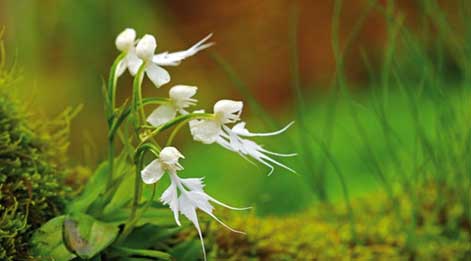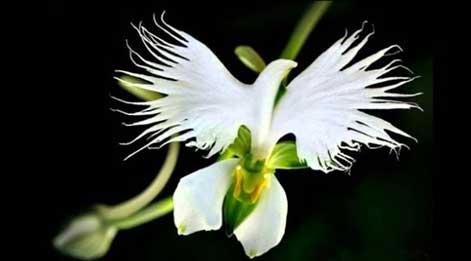Flora of Dudhwa National Park
Dudhwa National Park is located in the Lakhimpur Kheri district of Uttar Pradesh, near the Indo-Nepal border. Dudhwa National Park is not only focused on protecting endangered species such as the barasingha, one-horned rhinoceros, tigers, and leopards; its rich biodiversity is equally remarkable. Dudhwa was declared a national park in 1977, and the national park’s vegetation consists of vast grasslands, dense forests and extensive marshes. Covering an expansive area of approximately 614 sq. km, Dudhwa National Park holds a crucial place in the Terai ecosystem, situated in the foothills of the Himalayas.
The vegetation in Dudhwa encompasses a variety of forest types, including -
Tropical moist deciduous forests
Dry deciduous forests
Tropical semi-evergreen forests
Swamp forests
Riparian forests
Together, the thick foliage, wetlands, and dry grasslands provide an ideal natural habitat for the diverse wildlife. Being located in the upper Gangetic plains, the park benefits from alluvial soil, which greatly enhances the fertility of the forest. The tall and dense Sal trees dominate over 50% of the park’s forested area. The region receives ample rainfall annually, which, along with seasonal flooding, helps maintain the area's fertility. This abundance of biodiversity makes Dudhwa an ideal sanctuary for wildlife. The Mohana and Suheli rivers flow through the northern and southern parts of the park, respectively, contributing to its rich ecosystem.


Dudhwa National Park is situated within the North Kheri Forest Division and is renowned for its pristine Sal forests and moist deciduous vegetation. The southern region of the national park, where these Sal forests transition into expansive grasslands, showcases an extraordinary natural beauty. During the monsoon season, these grasslands flourish so densely that even elephants find it difficult to traverse the terrain.
Grasslands of Dudhwa
The expansive grasslands locally referred to as 'Phantas,' cover a significant portion of the park's terrain. These grasslands, along with the forested regions, create a dynamic and fertile environment for wildlife. Spanning across 19% of Dudhwa, the grasslands are vital to the park's ecosystem, supporting both herbivores and smaller species such as insects. Herbivores rely on the grasses for sustenance, while predators, including tigers and other large cats, depend on these herbivores for prey. Thus, the grasslands play an essential role in maintaining the balance of the ecosystem.
The national park's diverse flora includes species such as
Bahera
Gular
Asna
Sehore
Sheesham
Jamun
These species contribute to Dudhwa National Park's rich biodiversity.
Surrounding the forest are extensive sugarcane fields, the primary agricultural crop in the region. Protecting the forest's valuable trees from illegal timber poaching is a critical responsibility of Dudhwa's forest officials. Additionally, Dudhwa's wetlands, comprising rivers, lakes, streams, and marshes, provide habitats for various species of fauna and avifauna, further enriching the park's ecological significance.